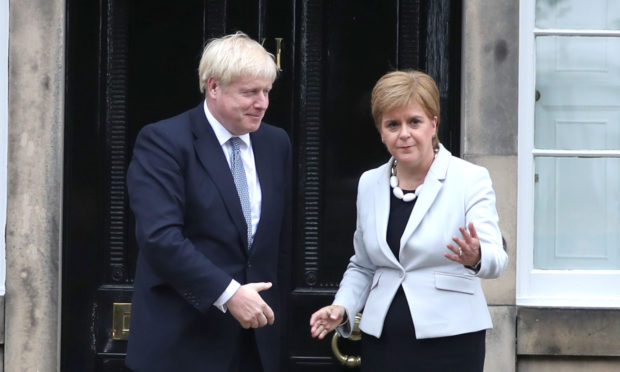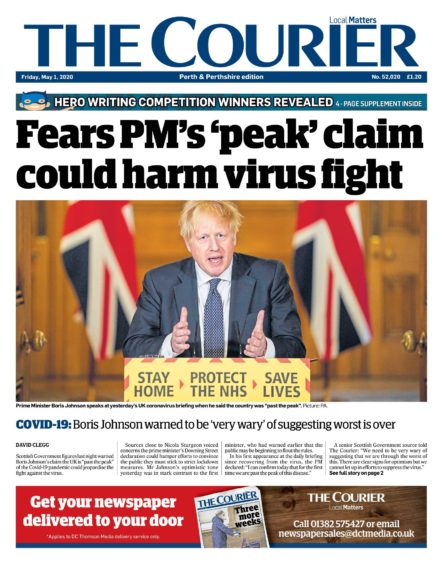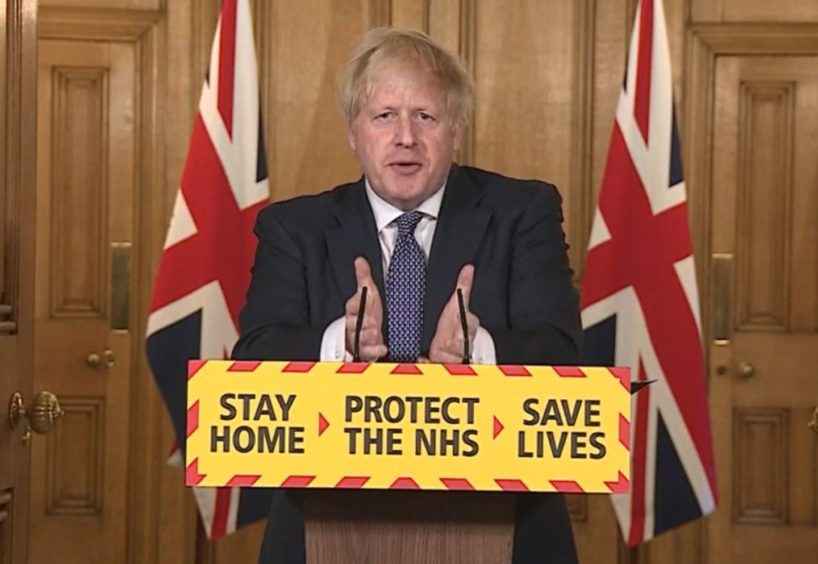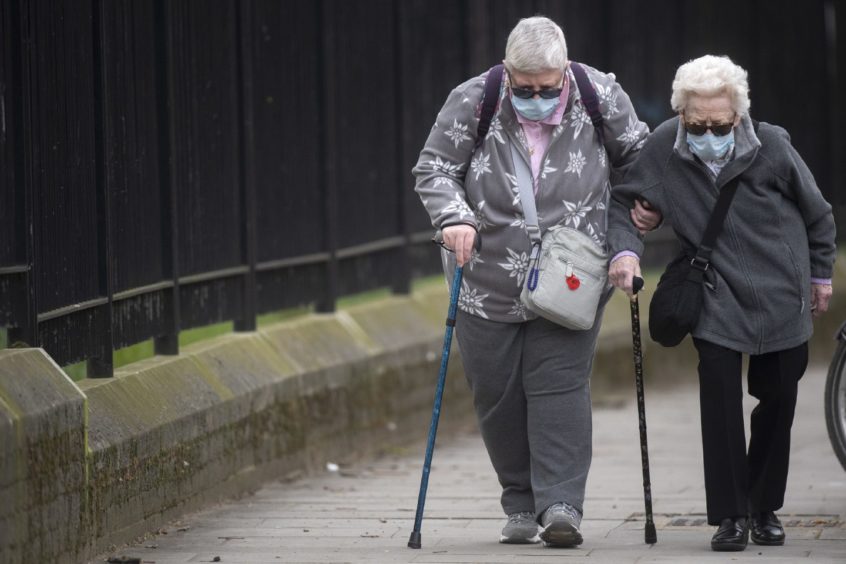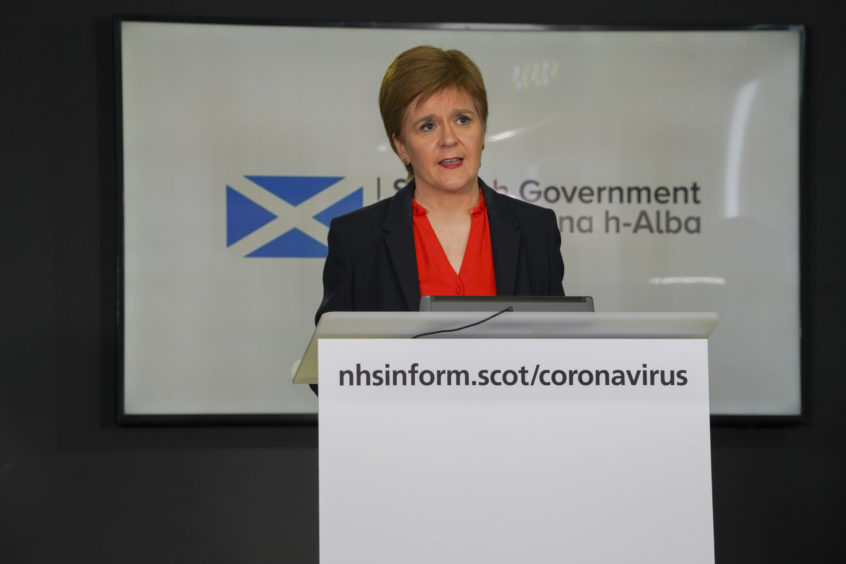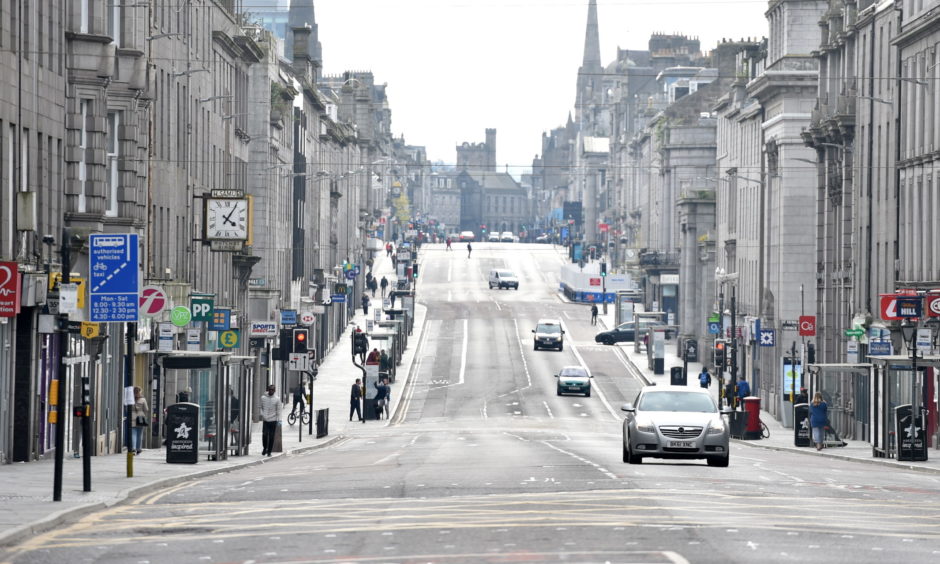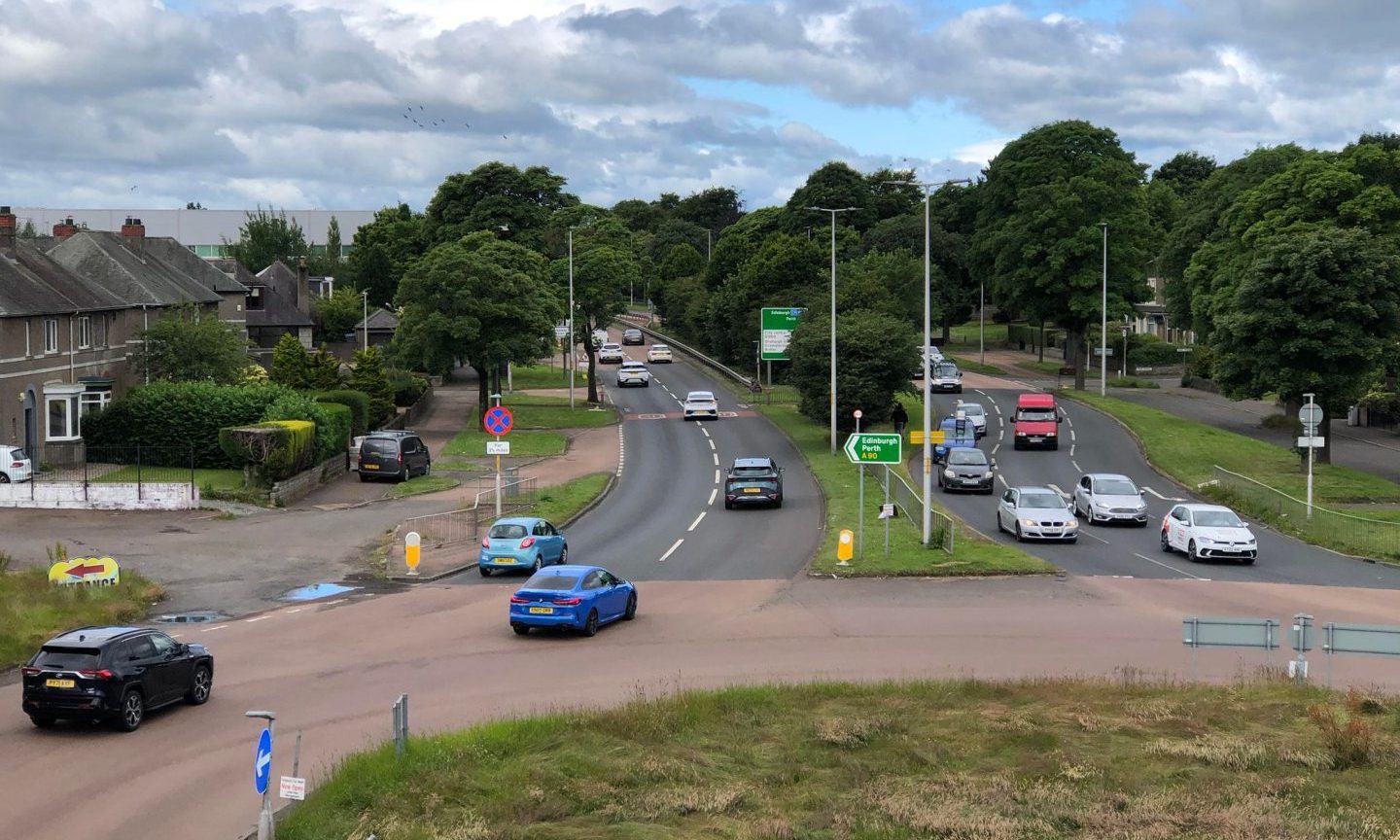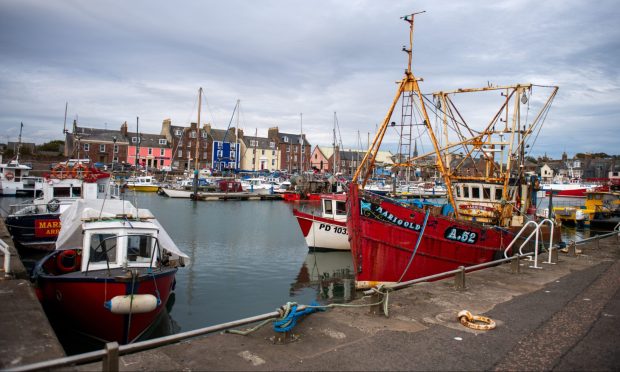Nicola Sturgeon clearly believes Boris Johnson peaked too soon when he proclaimed that the worst of the pandemic had passed.
Indeed, a senior member of her team suggested as much to The Courier when they said that Mr Johnson ought to have been “very wary” of making such a claim prematurely.
Of course, in public the first minister downplayed the difference between the pair as not hugely “substantive”.
Instead it was simply the case that she might have chosen to “articulate” the position differently from the prime minister.
She did do so in her own words on Friday when she said there was a positive trend in the fight against the virus, but that it was “fragile” and “it would be very, very easy right now to send it into reverse”.
It was markedly different to the picture painted by Mr Johnson on Thursday of a nation “going through some huge alpine tunnel” to “sunlight and the pasture ahead of us”.
Of course, nobody would have been shocked to learn that the SNP and Conservative counterparts have contrasting ways of communicating with the public.
They are both among the best in the business at it, as borne out by election results, but they speak in different ways and to different audiences.
And the muddled messaging between them this week about the country’s position on the peak is not just a matter of simple semantics.
On banning mass gatherings, closing schools and recommending face masks, Ms Sturgeon has moved more quickly than UK ministers on some of the key decisions during the crisis so far.
But these did not turn out to be “substantive” differences because Downing Street arrived at the same conclusion on all of these issues before too long.
The real divergence in pandemic policy could be just around the corner, however, with announcements due next week on whether or not to relax the lockdown.
Ms Sturgeon has all but ruled out such a move, while Mr Johnson is promising to explain how he will restart the economy and reopen schools.
If the two governments do adopt distinctive positions on defeating the disease, despite occupying the same island and deriving most of their advice and information from the same sources, expect the stakes to be raised significantly.
It could risk complicating and confusing the safety messages being sent to the public, but also pave the way for yet another constitutional tug-of-war, right in the middle of a pandemic.
As the Scottish Fiscal Commission pointed out last month, the Scottish Government does not have sufficient borrowing powers to continue bailing out businesses or paying the wages of furloughed staff if that process ends earlier south of the border, cutting off funding streams available under the Barnett formula.
Ms Sturgeon might then be left in the embarrassing position of having to ask Mr Johnson to bankroll her bid to break away from his strategy.
On the other hand, if the first minister’s caution in exiting lockdown, or declaring the peak as passed, is demonstrated to have saved lives when the dust settles, then the prime minister’s position could become precarious.
